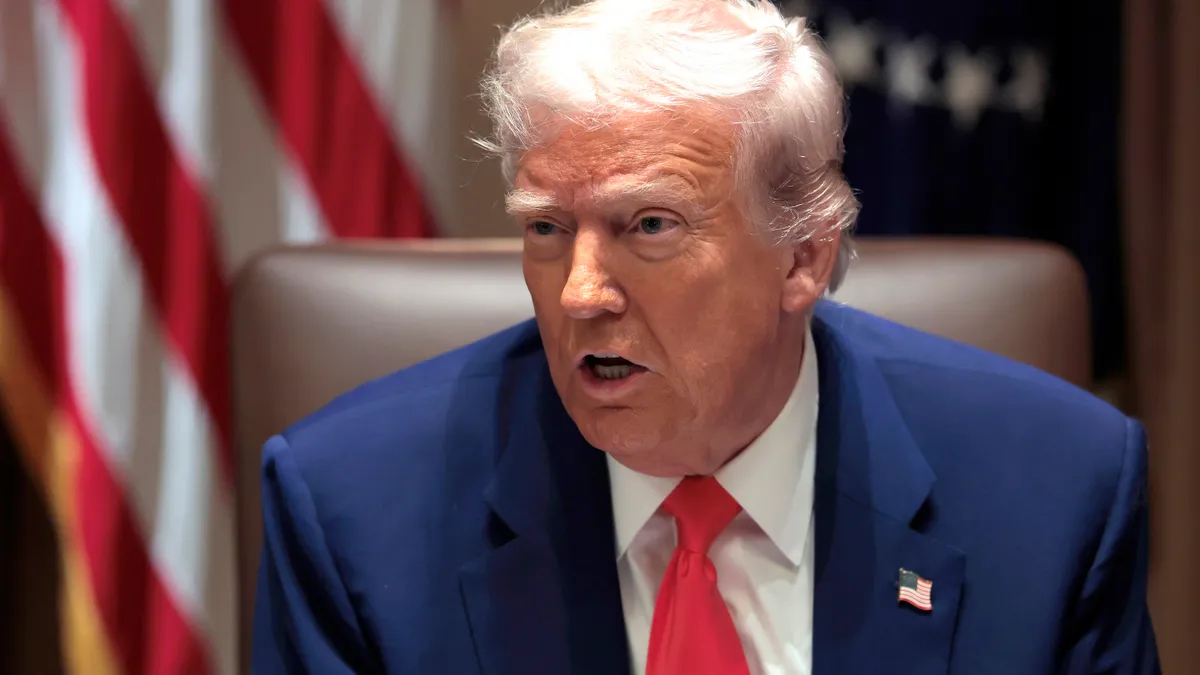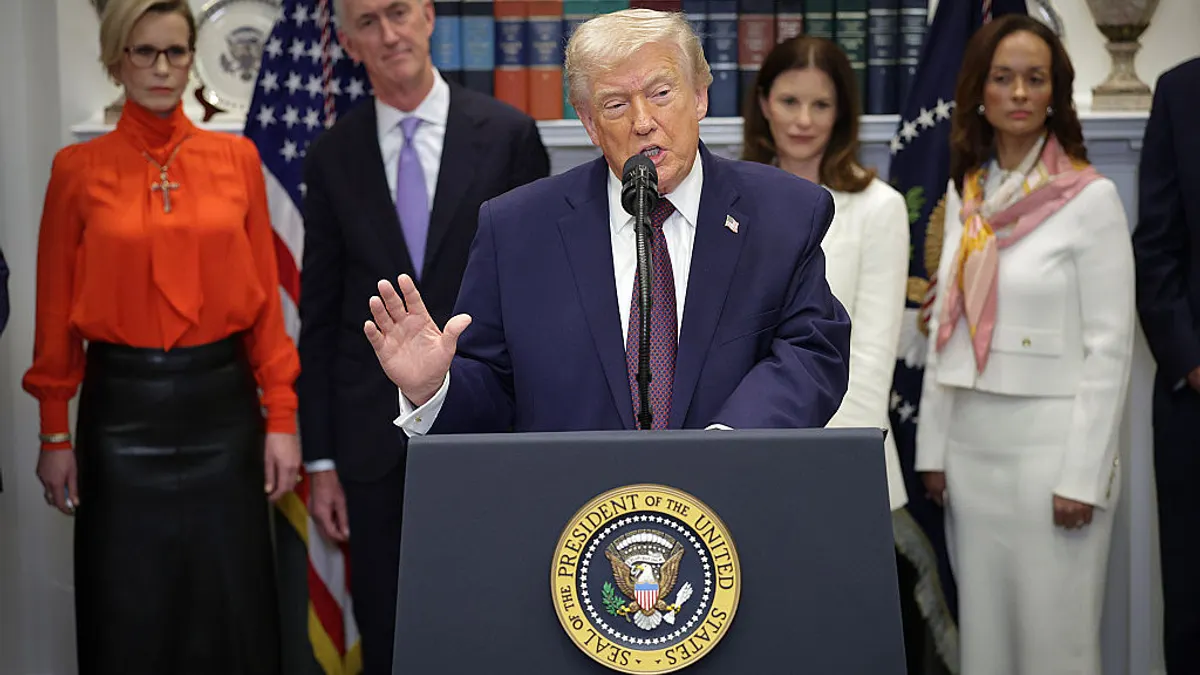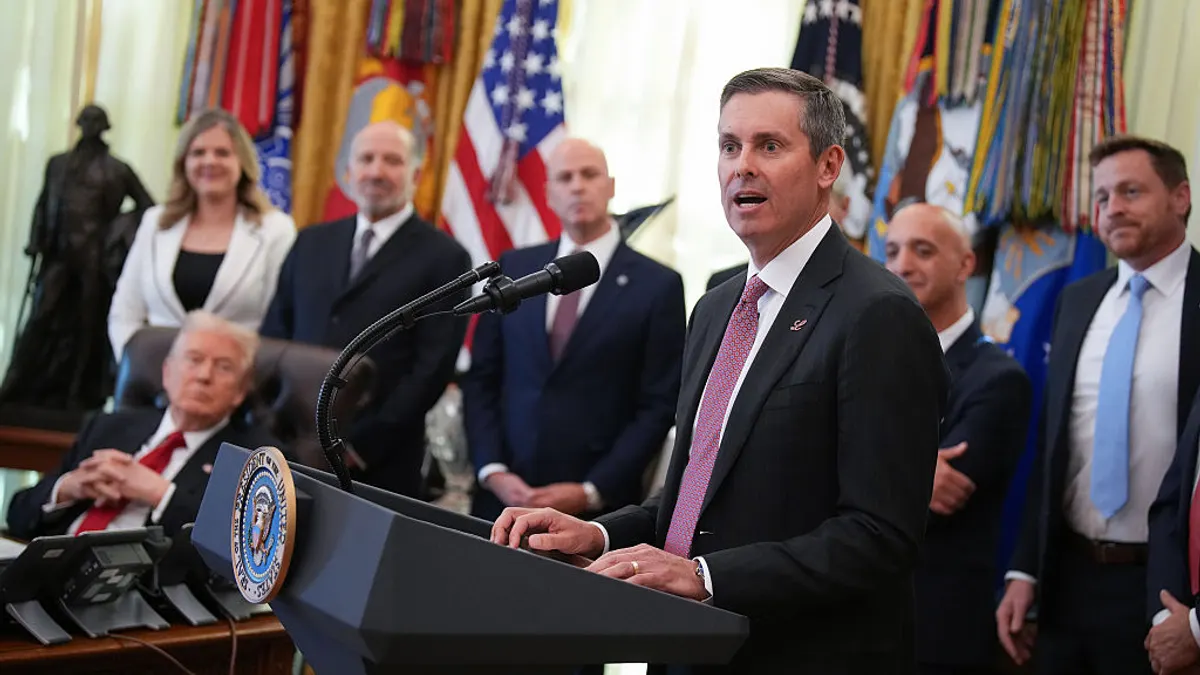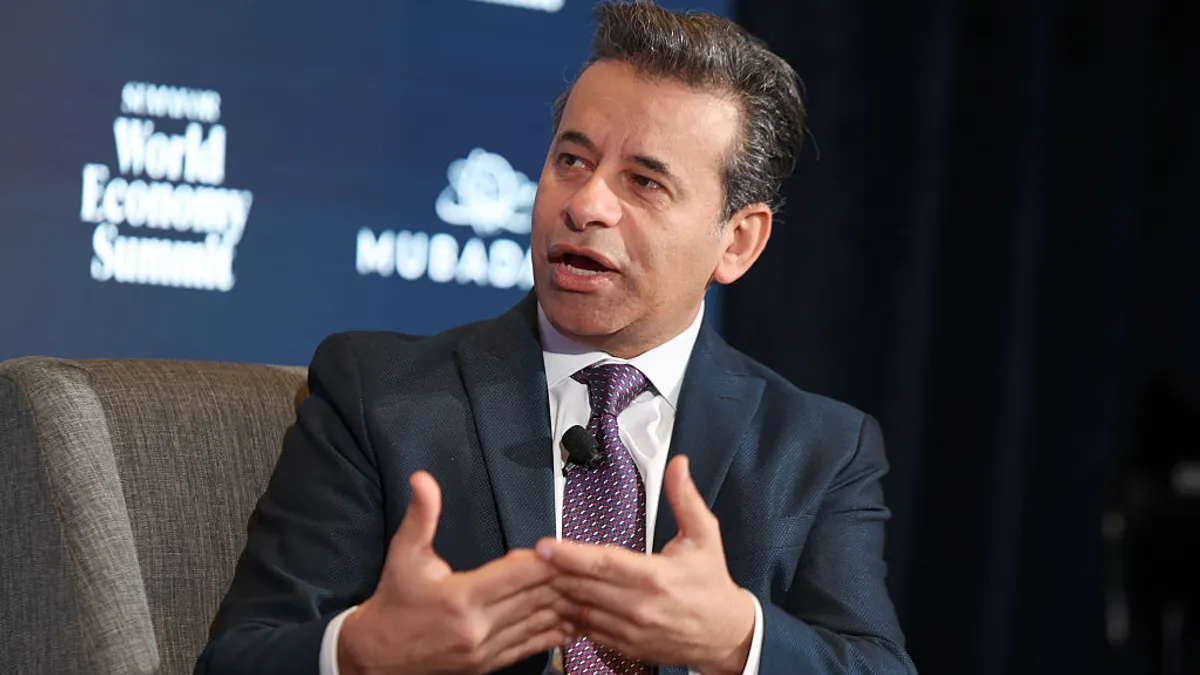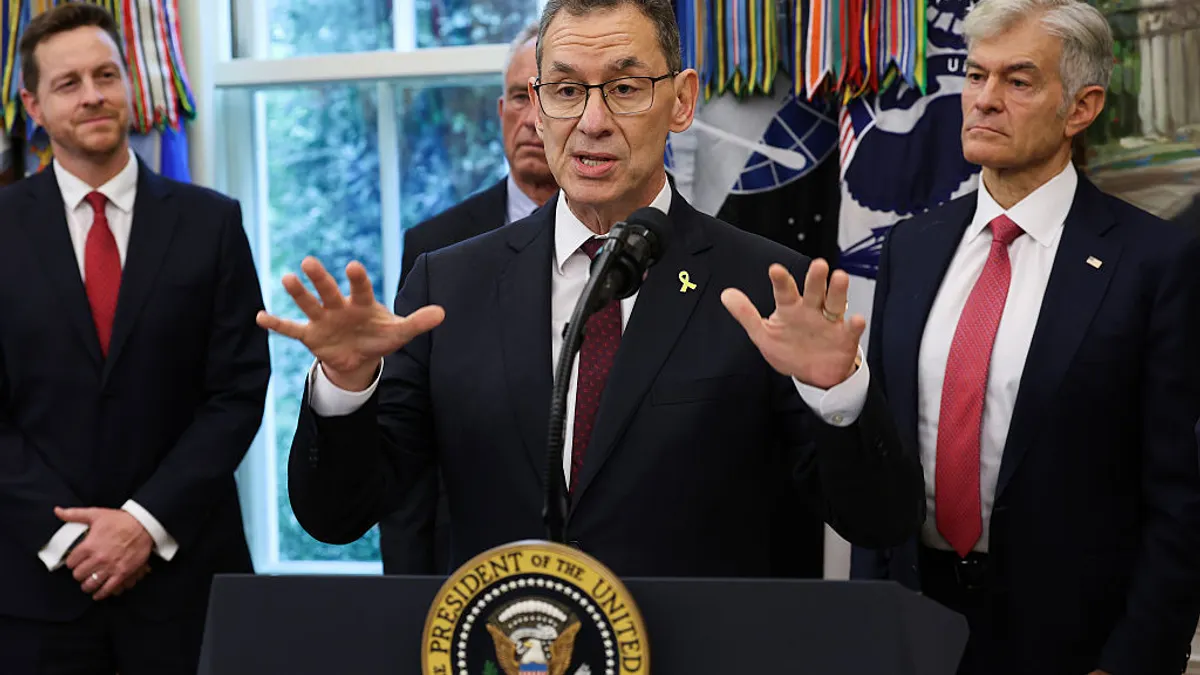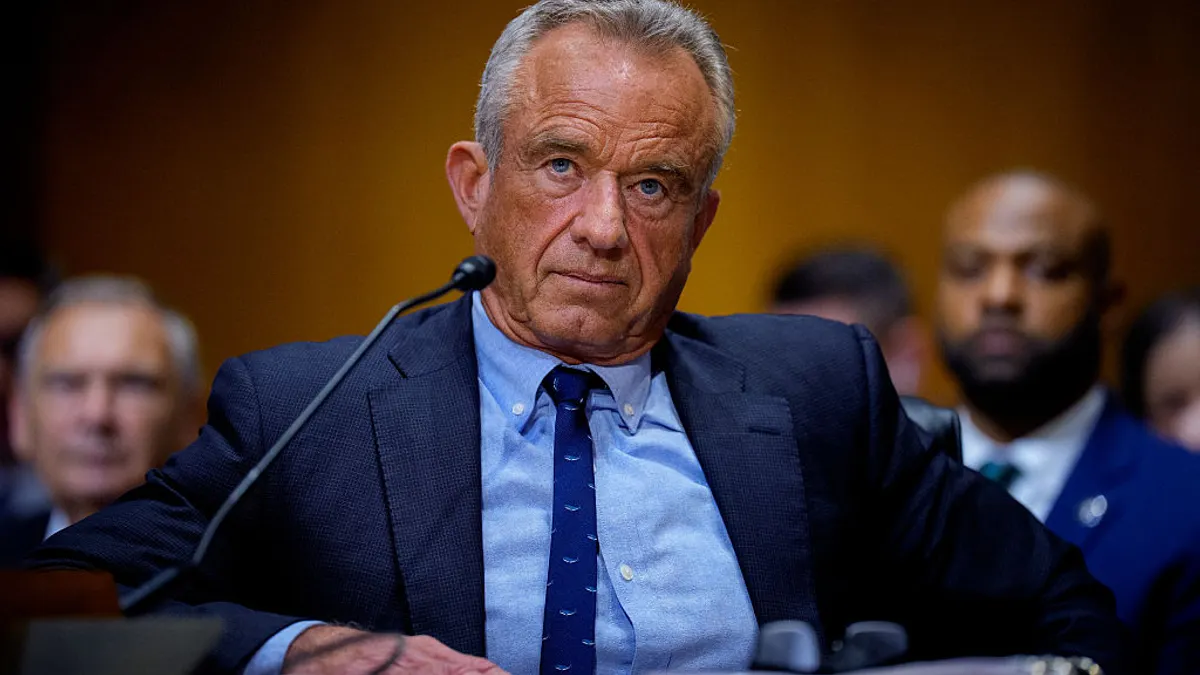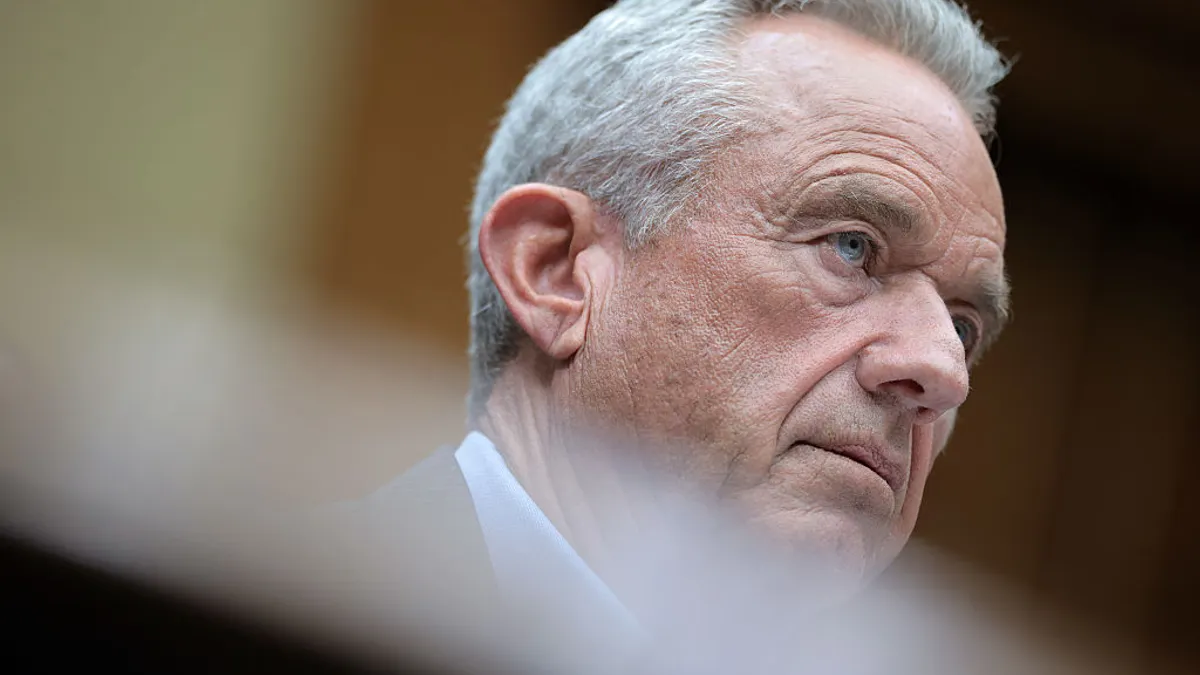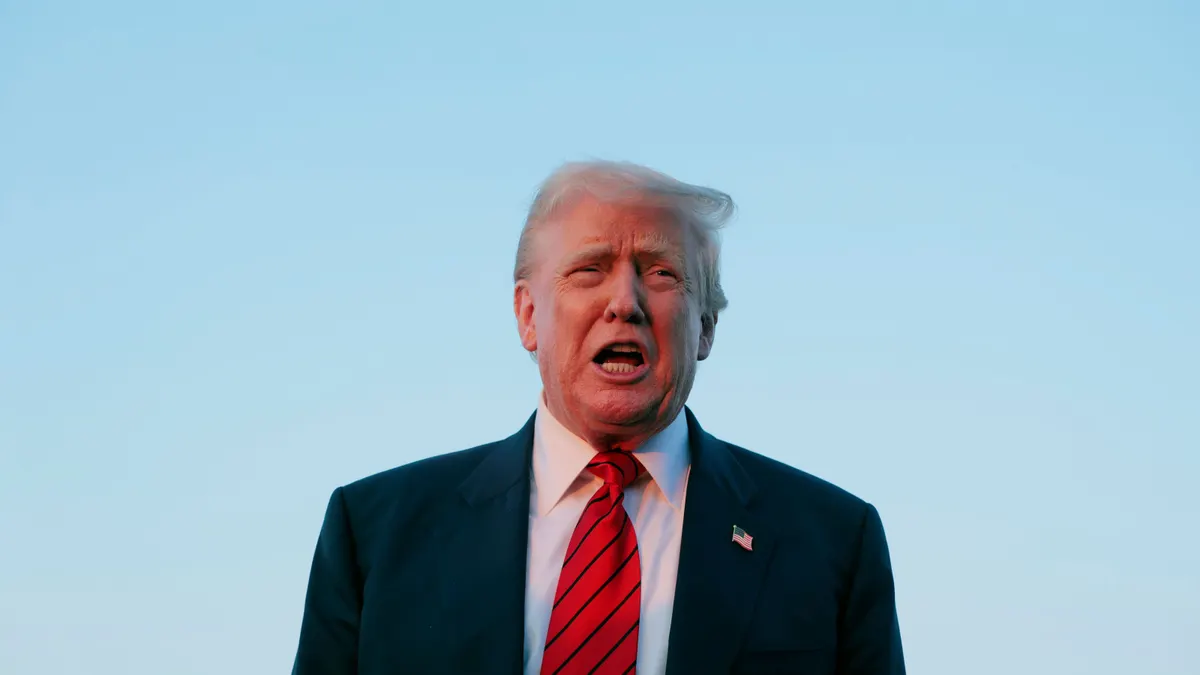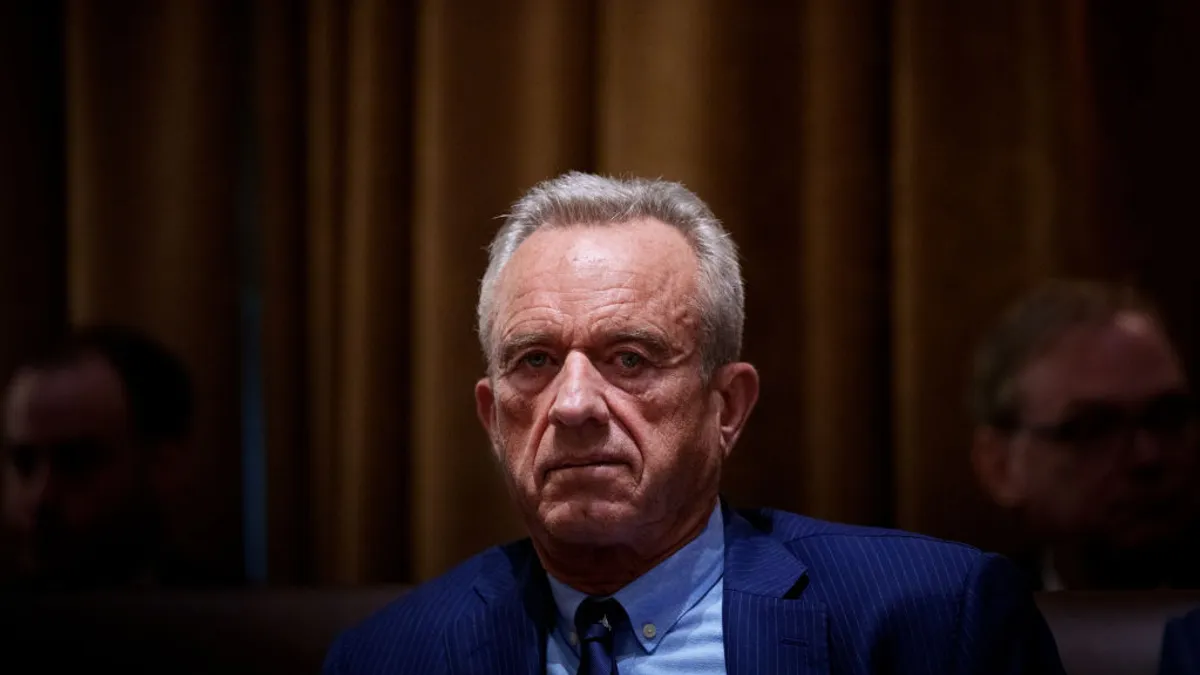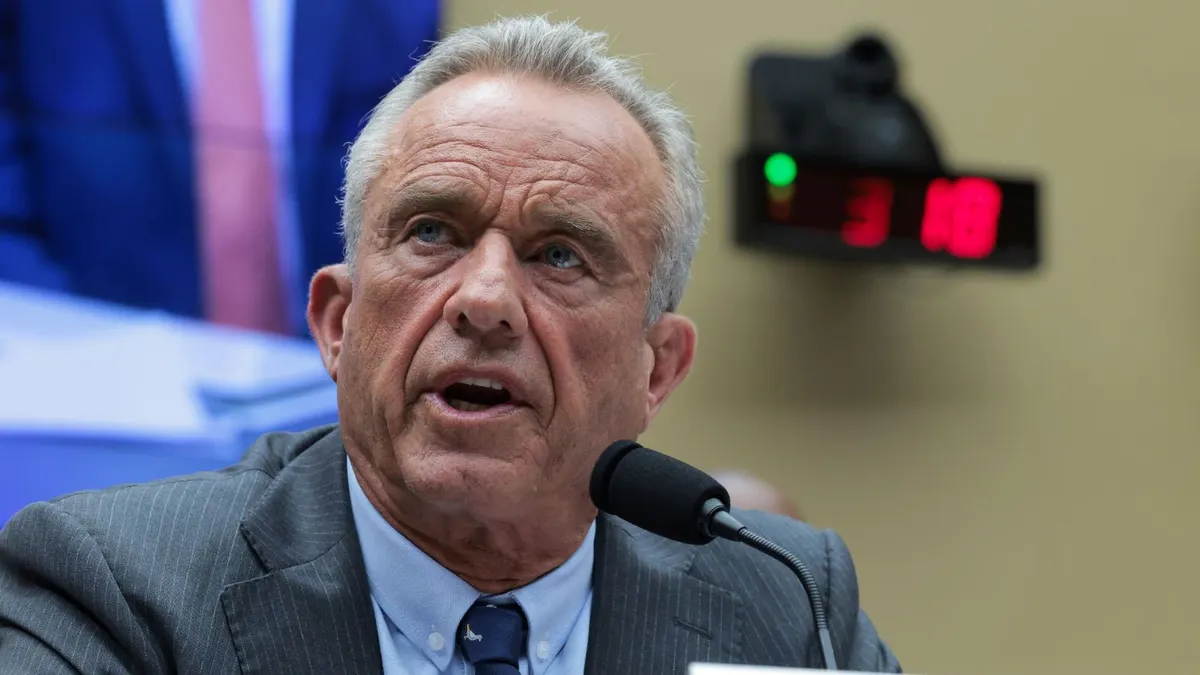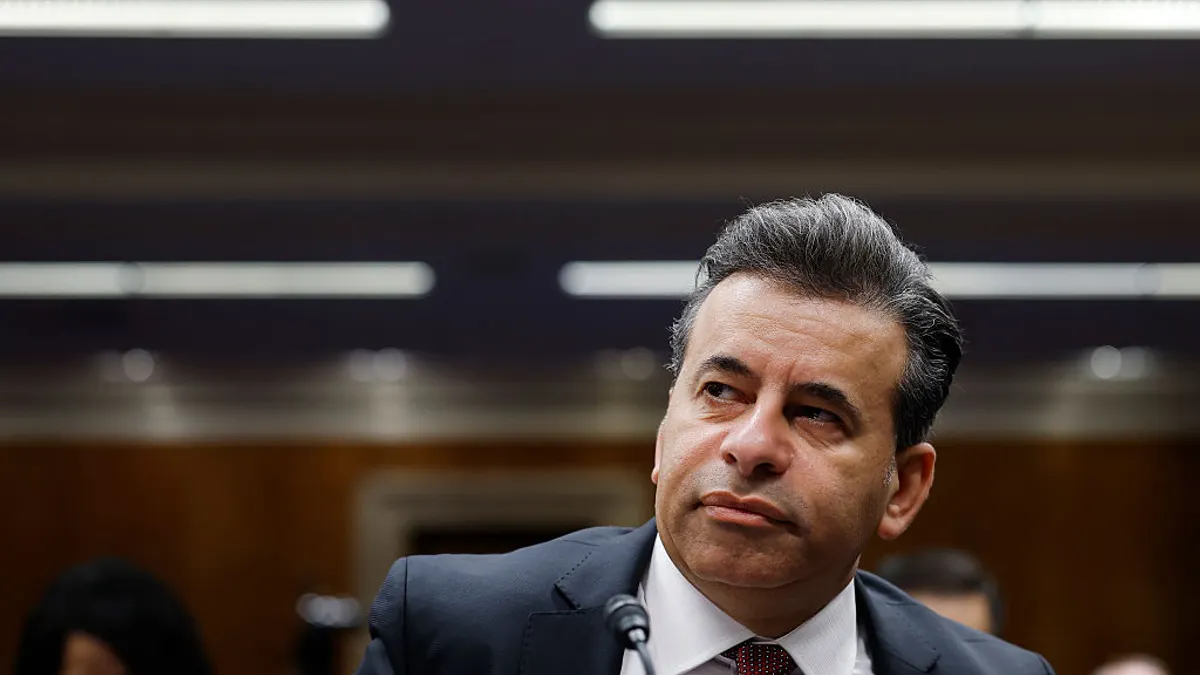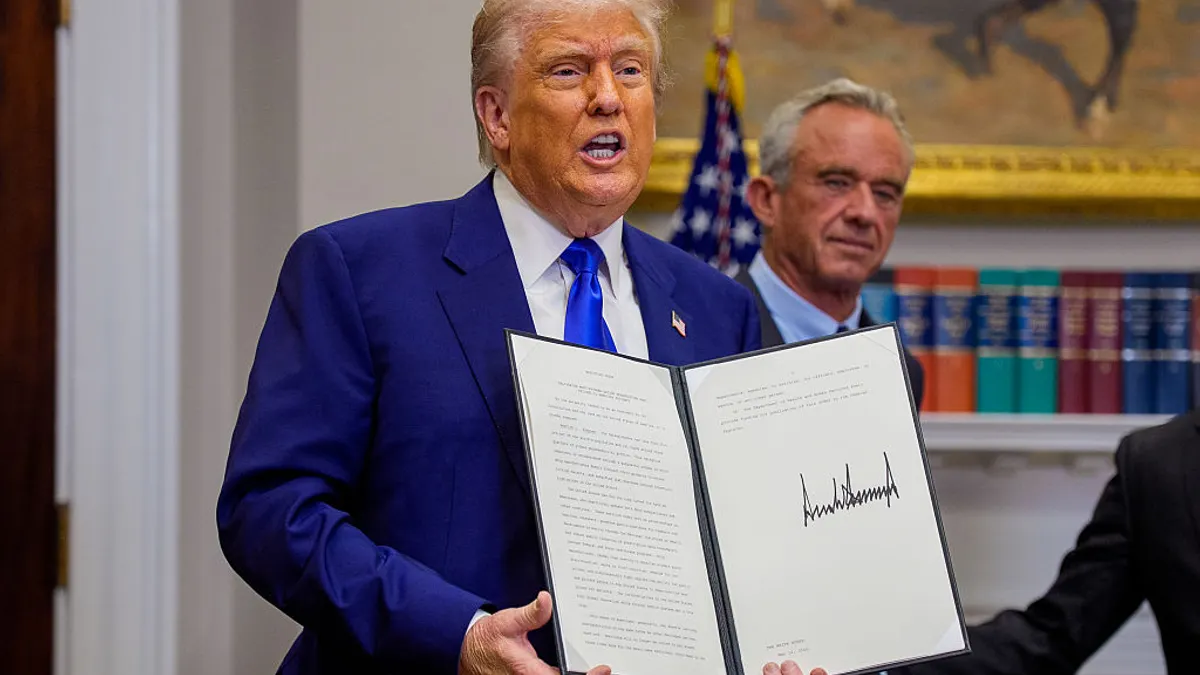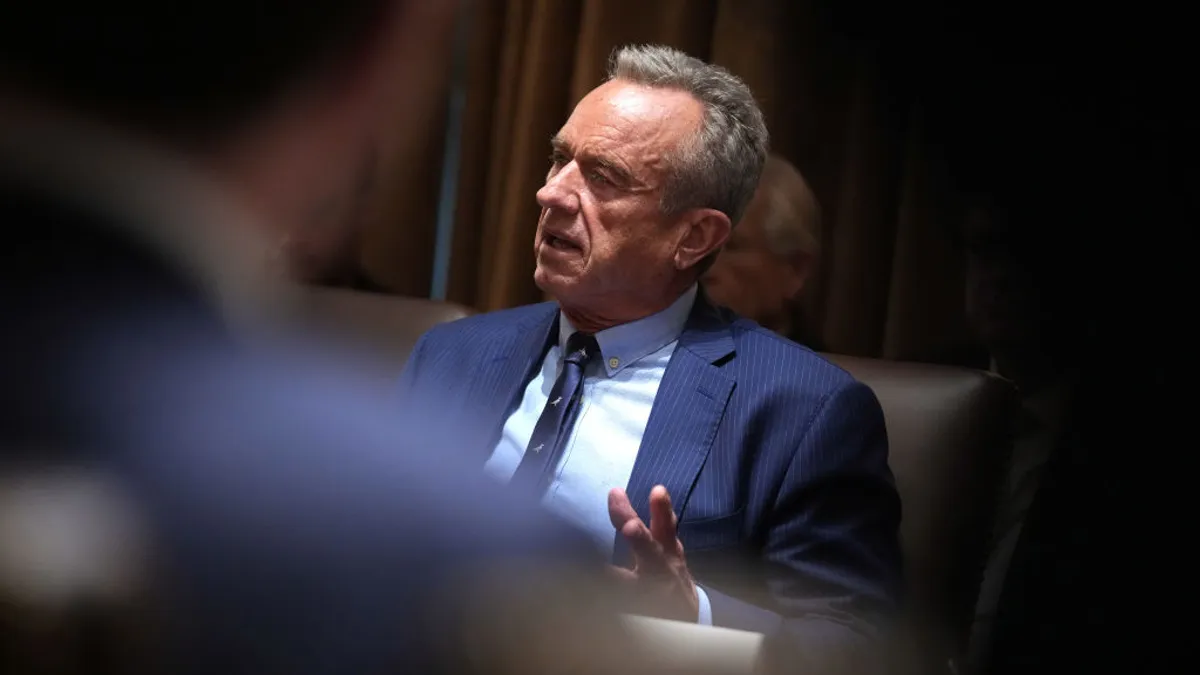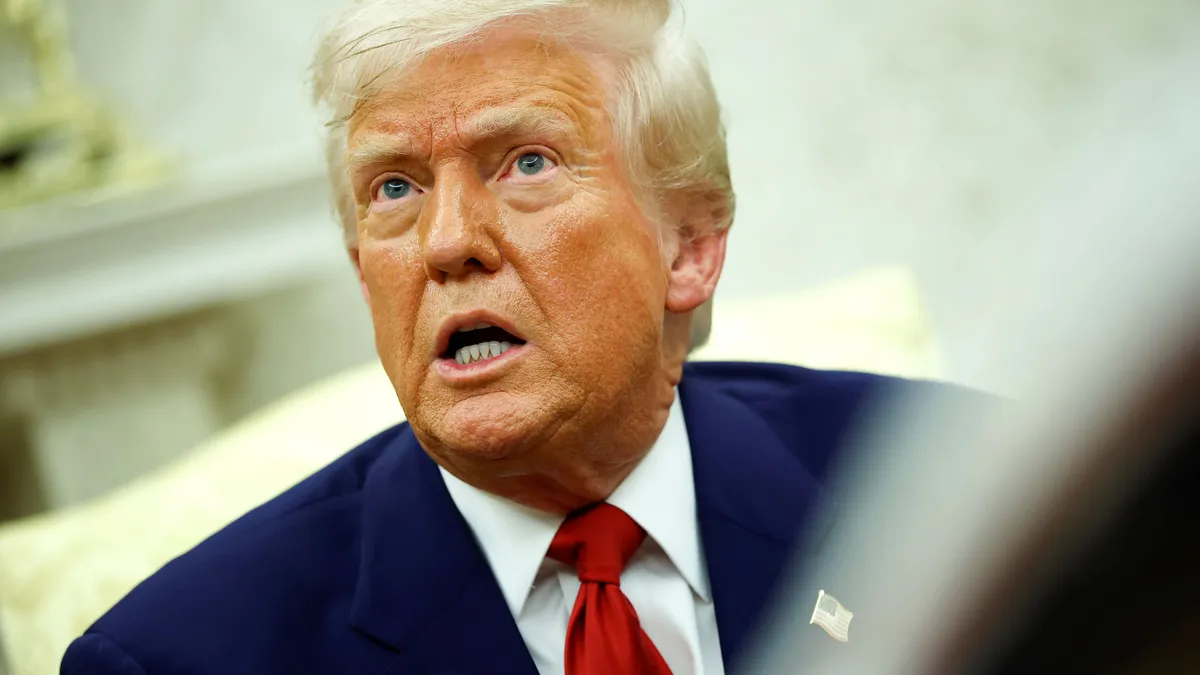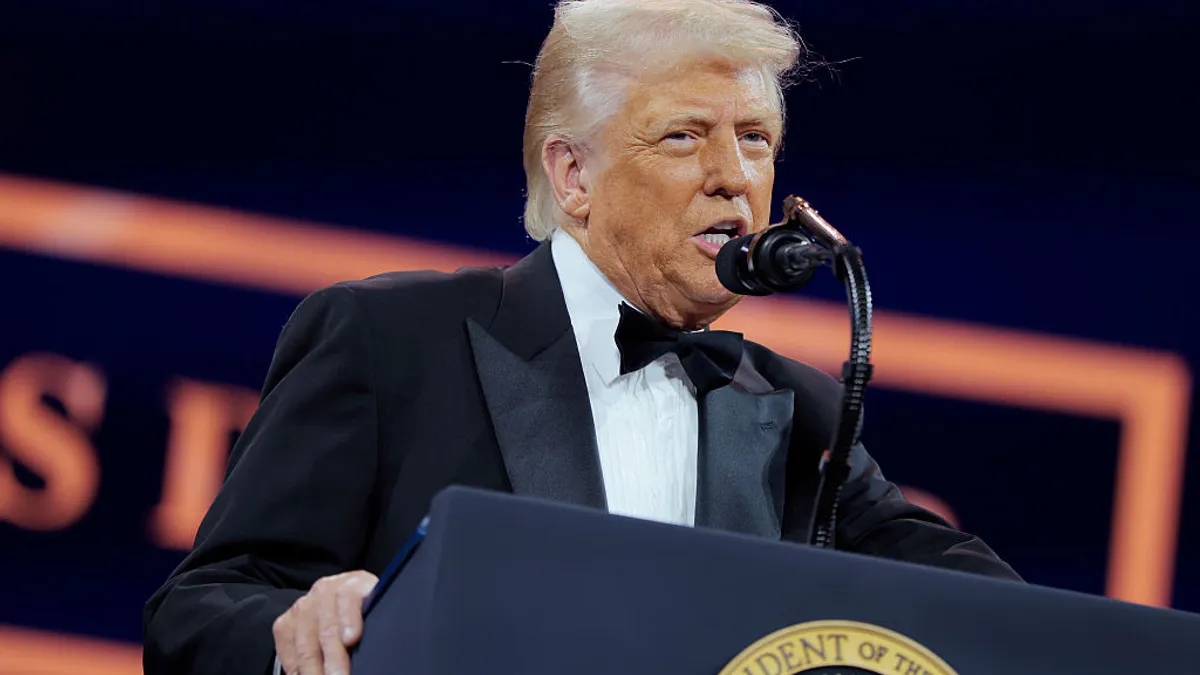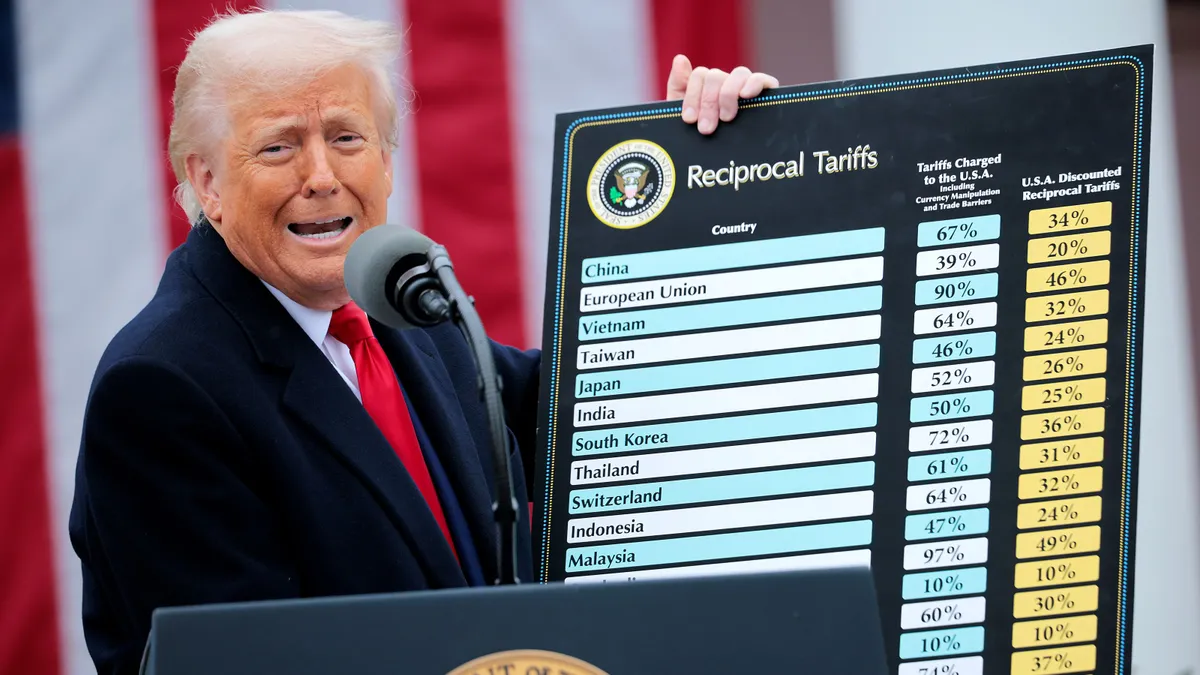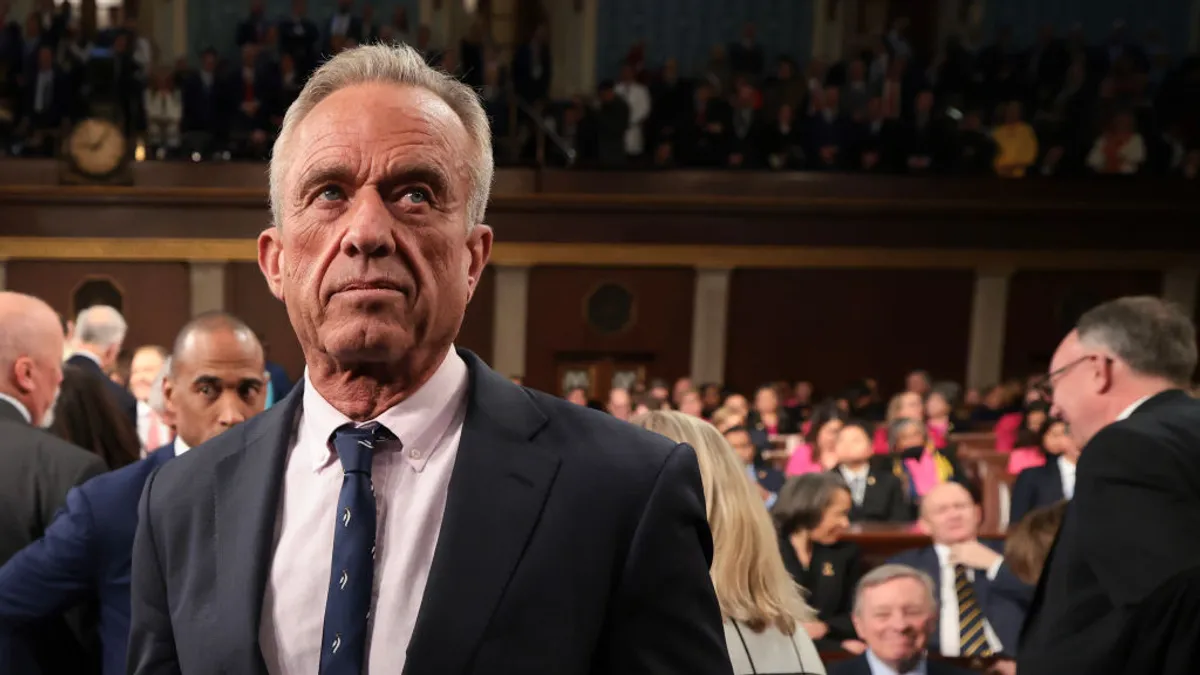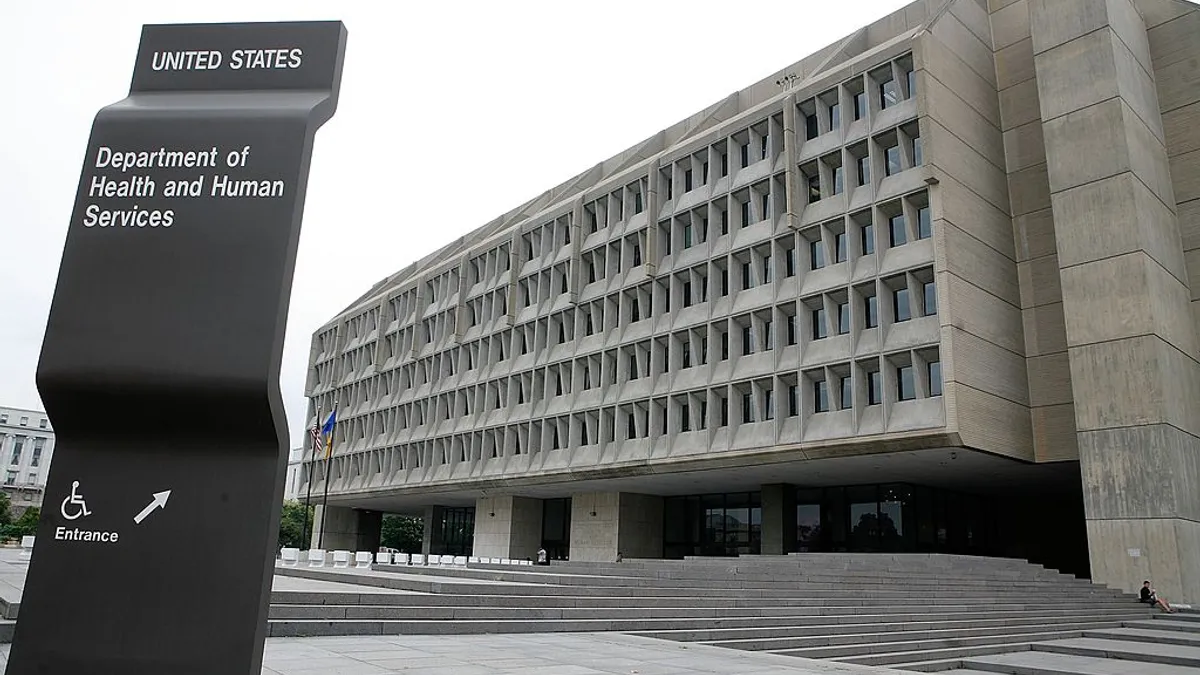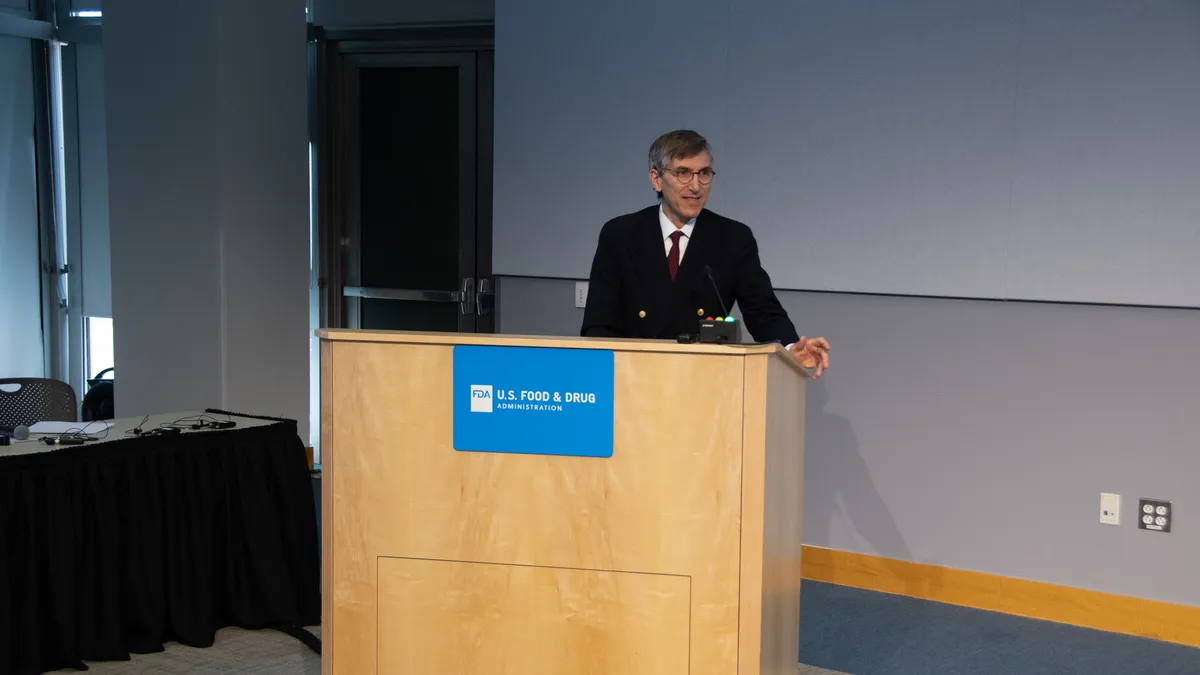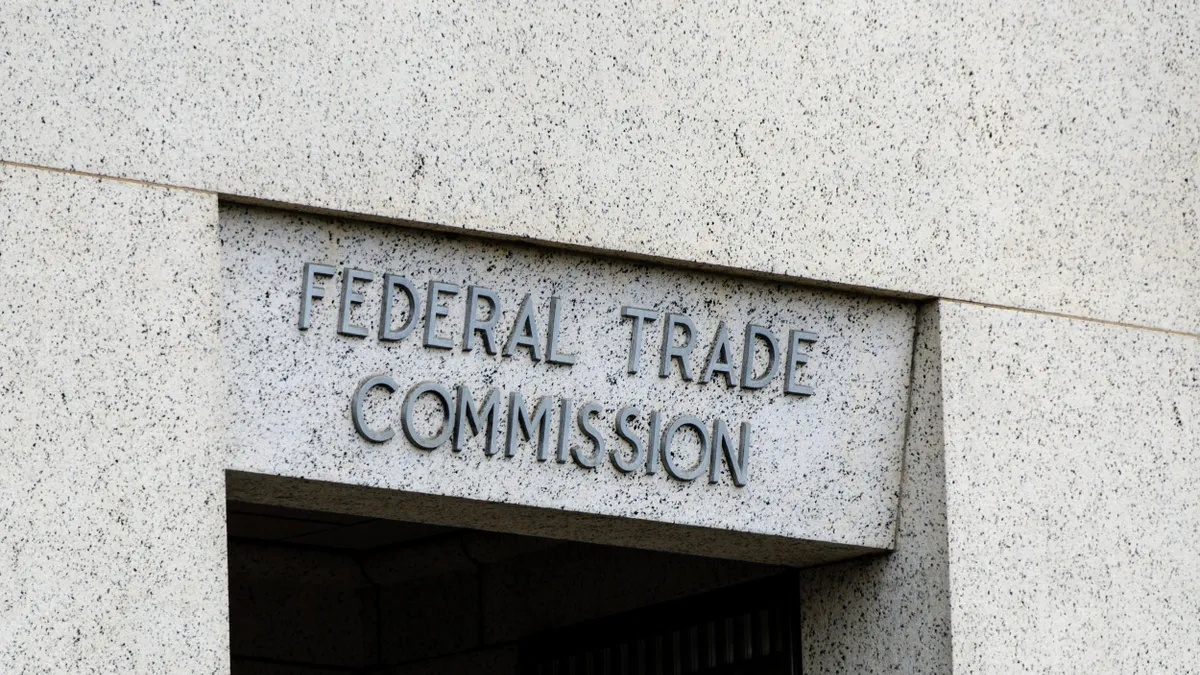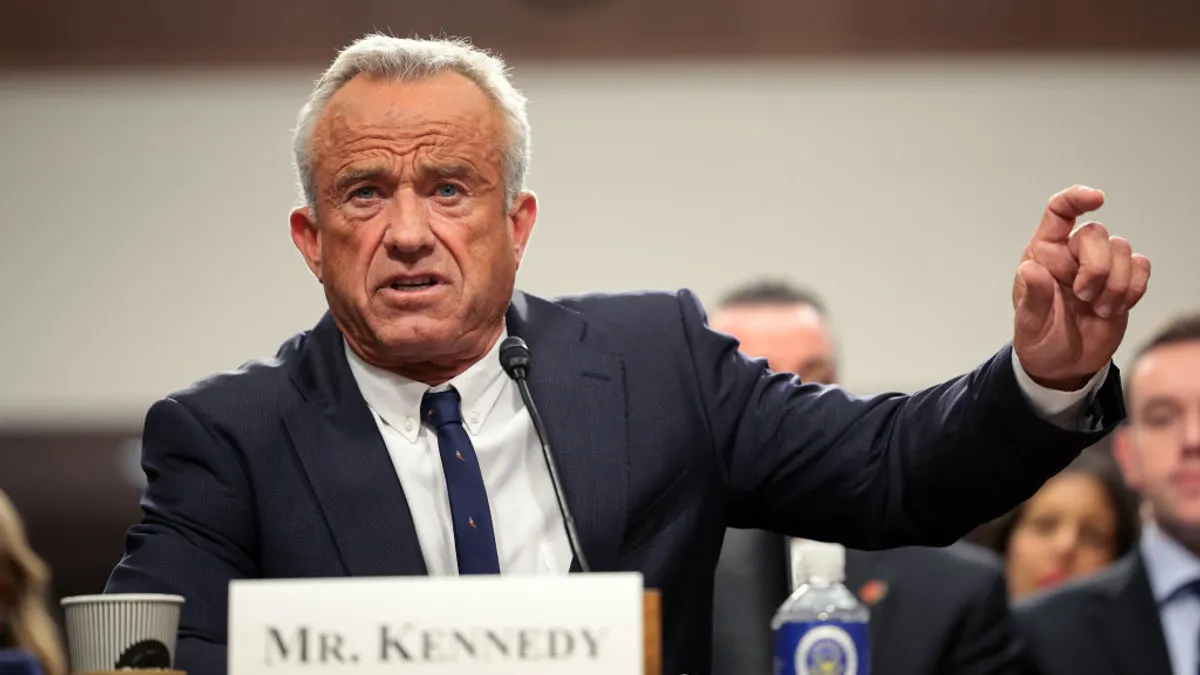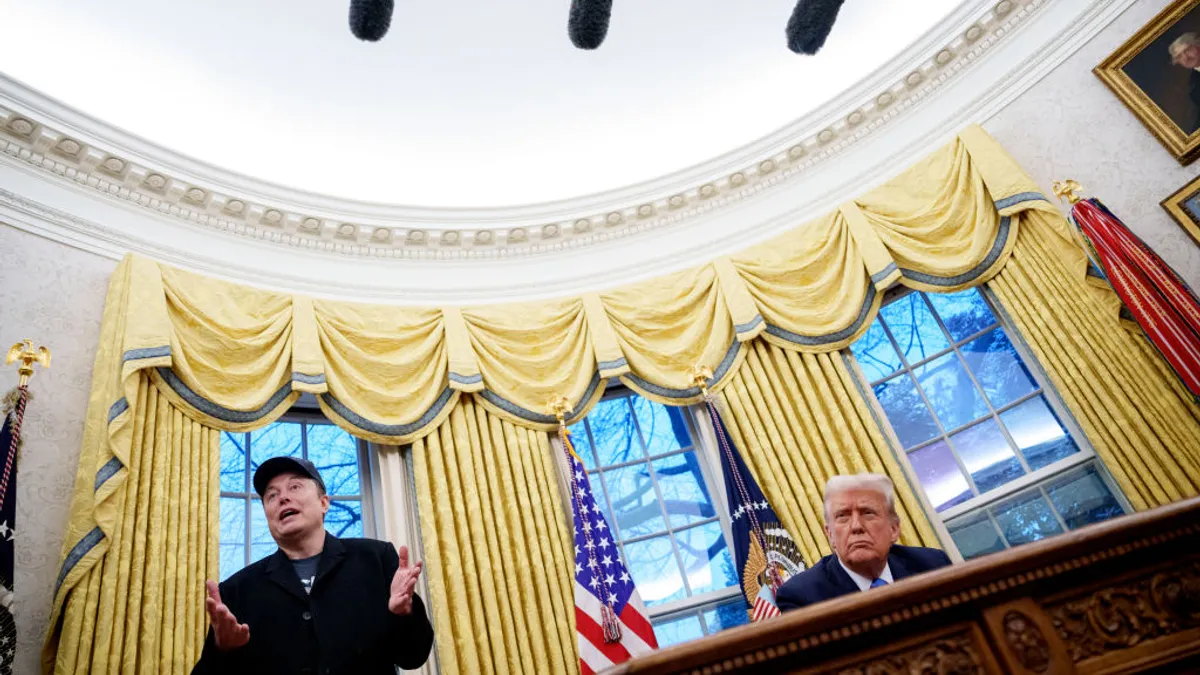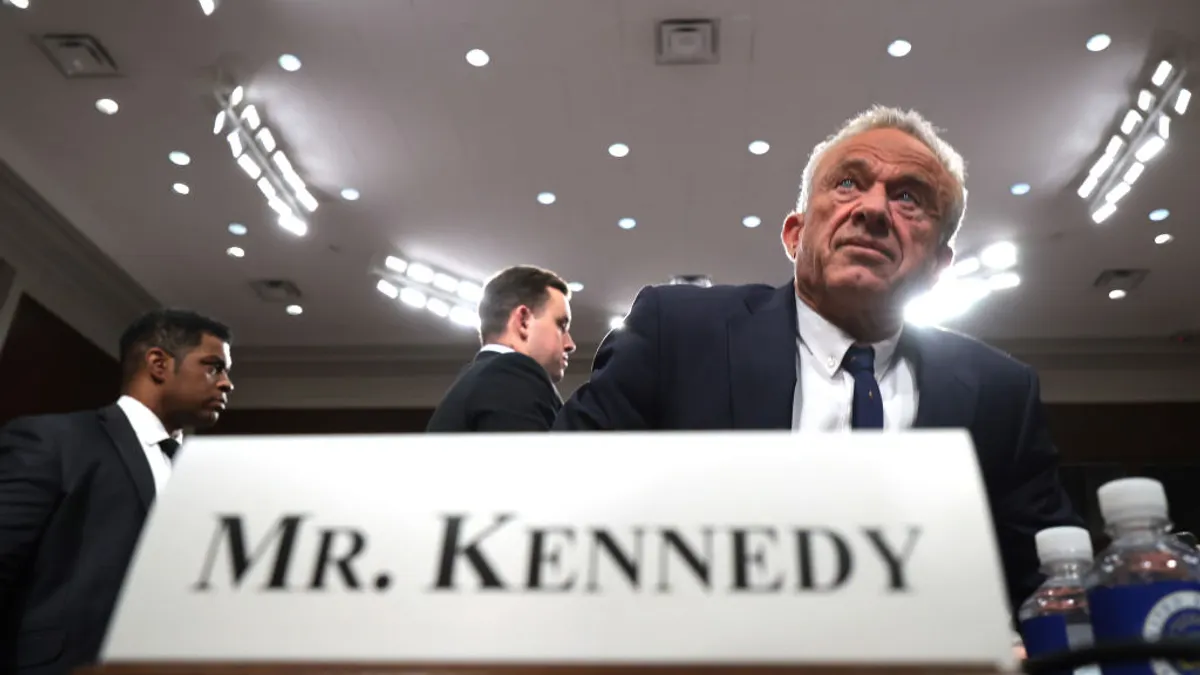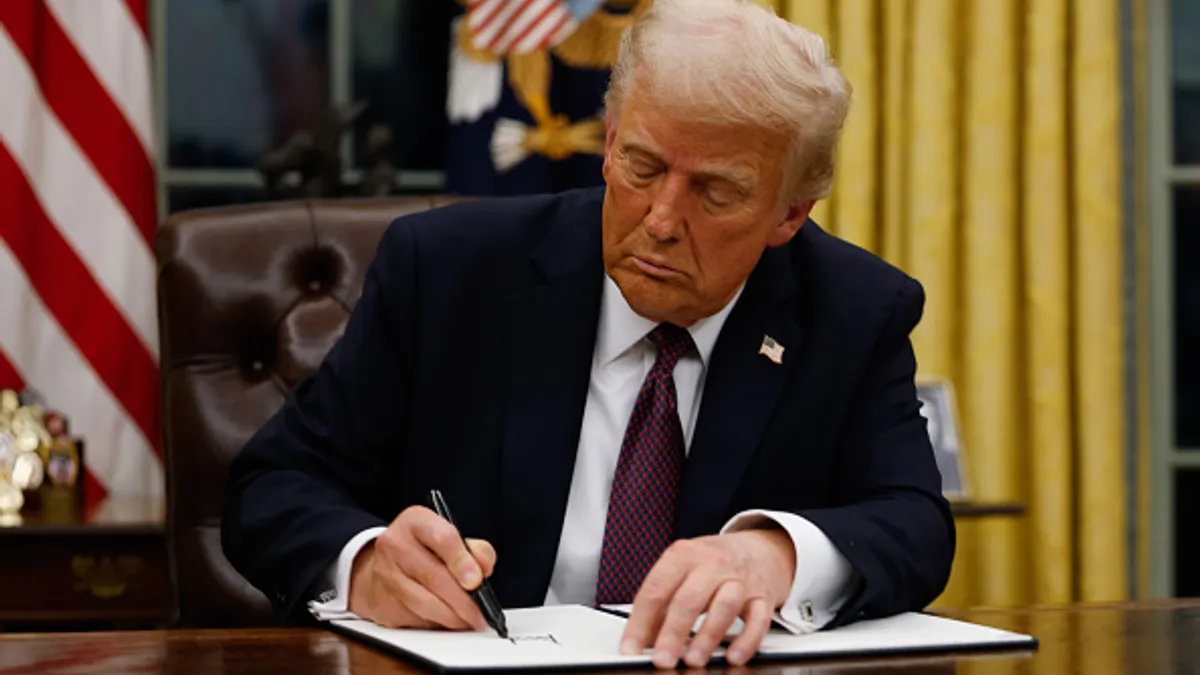The U.S. is pausing most country-specific tariffs for 90 days while raising duties on imports from China to 125%, President Donald Trump announced Wednesday.
Most countries besides China will still be subject to a 10% baseline tariff, Treasury Secretary Scott Bessent said in a White House press briefing Wednesday. He added that sector-specific tariffs will remain in place. The changes are effective immediately.
It’s unclear exactly how the latest news will affect existing tariffs on Mexico and Canada. While Bessent said the two countries were part of the global announcement, previous executive orders have excluded them from reciprocal tariffs in favor of a 25% duty for goods that are not compliant with the USMCA trade agreement.
Trump said he was pausing his reciprocal tariffs because more than 75 countries have reached out to the White House to initiate trade negotiations. Japan, Vietnam, South Korea and India are “at the front of the queue,” according to Bessent.
On Tuesday, Trump had said he would impose tariffs on pharmaceuticals in the near future, which sunk shares in many large drugmakers until announcement of the 90-day pause sparked a broad market rally.
Meanwhile, the trade war between China and the U.S. continues to escalate. Trump has enacted multiple tariff hikes on China since February, most recently increasing the rate charged to products from the country by 50%. Prior to Trump’s most recent announcement, the White House indicated that all previous tariffs on China would stack for a total 104% rate. China has responded in kind, leveling an 84% tariff on the U.S., effective Thursday, to coincide with previous countermeasures.
The back-and-forth between the U.S. and China could have significant negative effects for the global trade community, per World Trade Organization Director-General Ngozi Okonjo-Iweala.
“This tit-for-tat approach between the world’s two largest economies — whose bilateral trade accounts for roughly 3% of global trade — carries wider implications that could severely damage the global economic outlook,” Okonjo-Iweala said in a statement Wednesday.
Merchandise trade between the U.S. and China could see an up to 80% decrease, based on WTO projections, Okonjo-Iweala said. WTO estimates the decline would drive a nearly 7% reduction in the global real gross domestic product.
Editor’s note: This story was updated to include additional information on Canada and Mexico tariffs, and an updated statement from World Trade Organization Director-General Ngozi Okonjo-Iweala.



